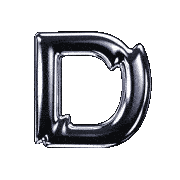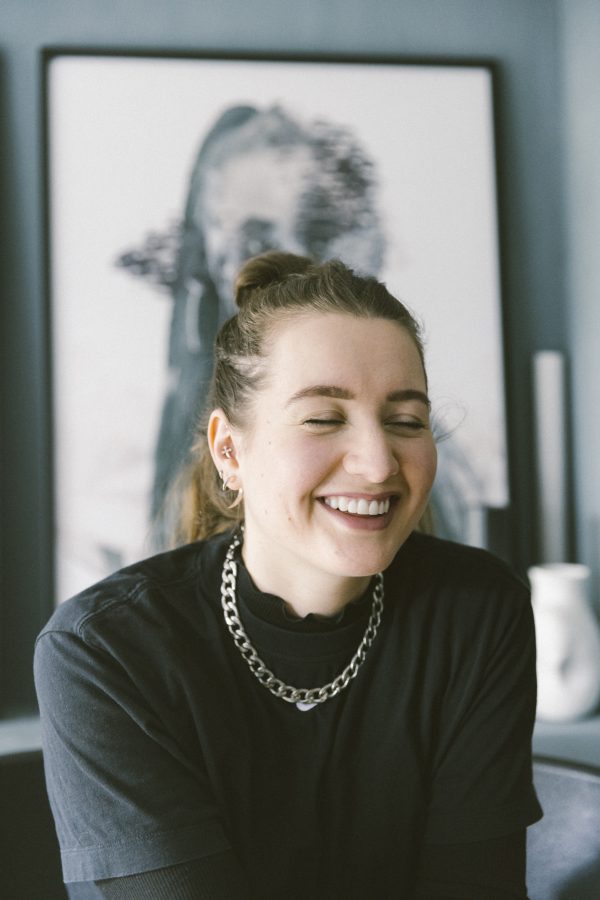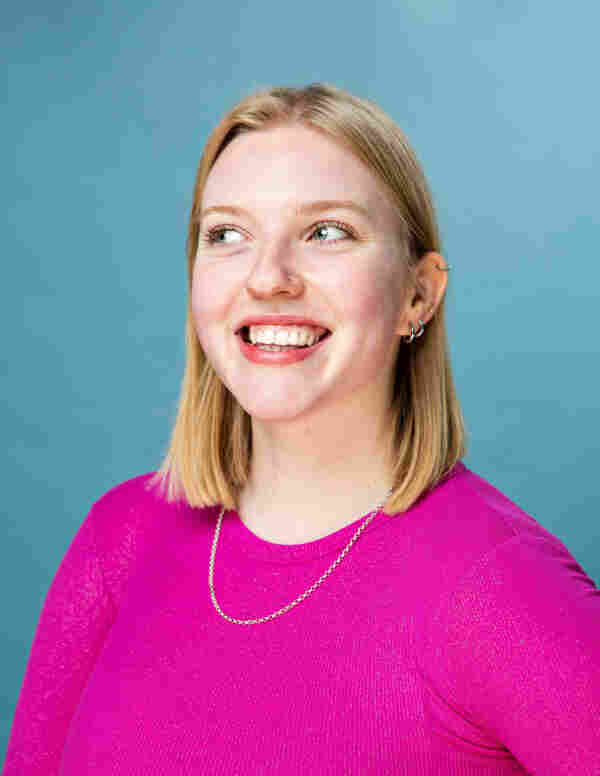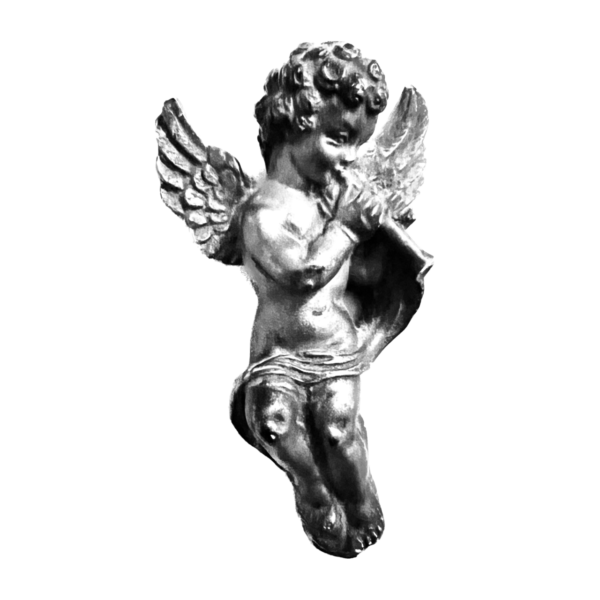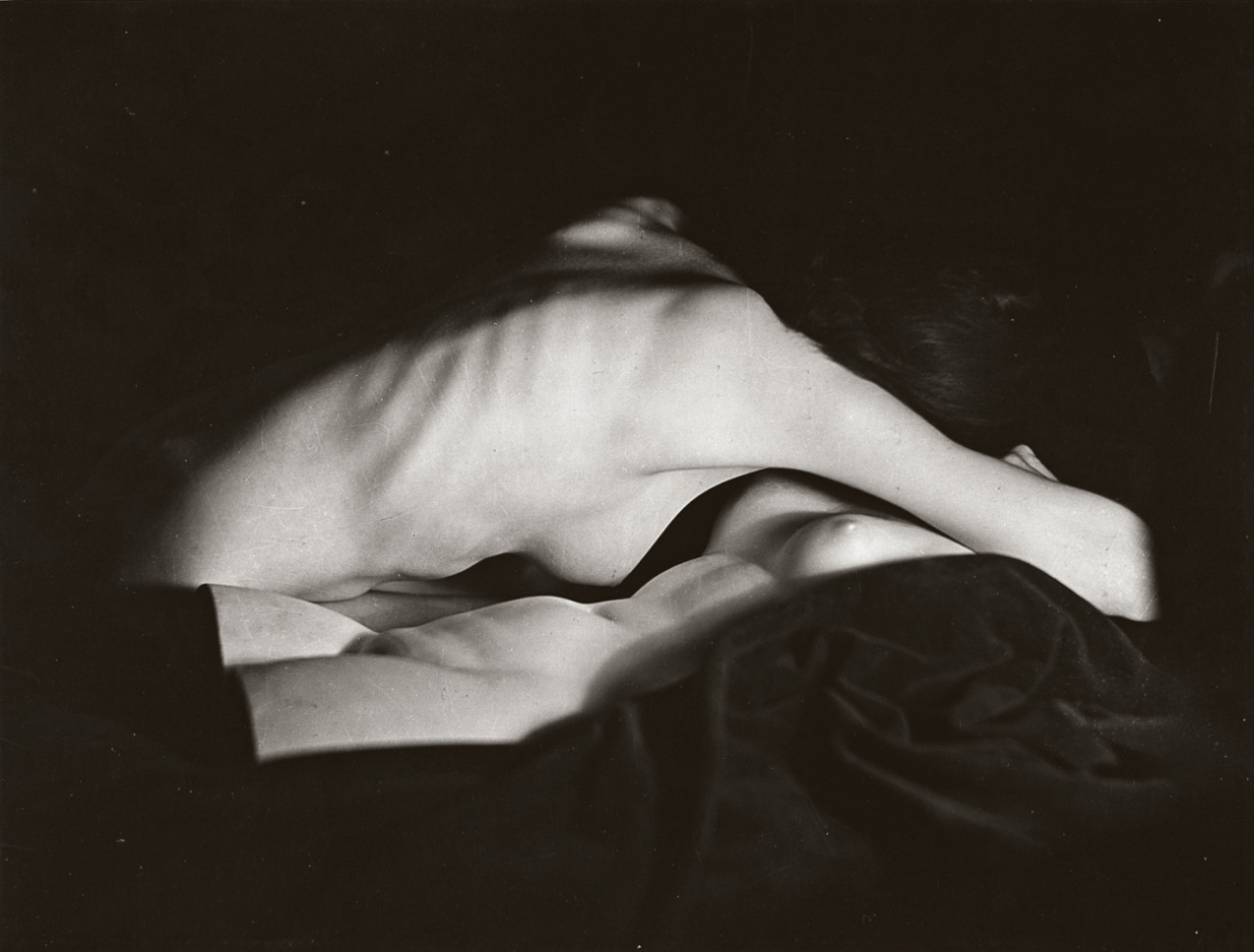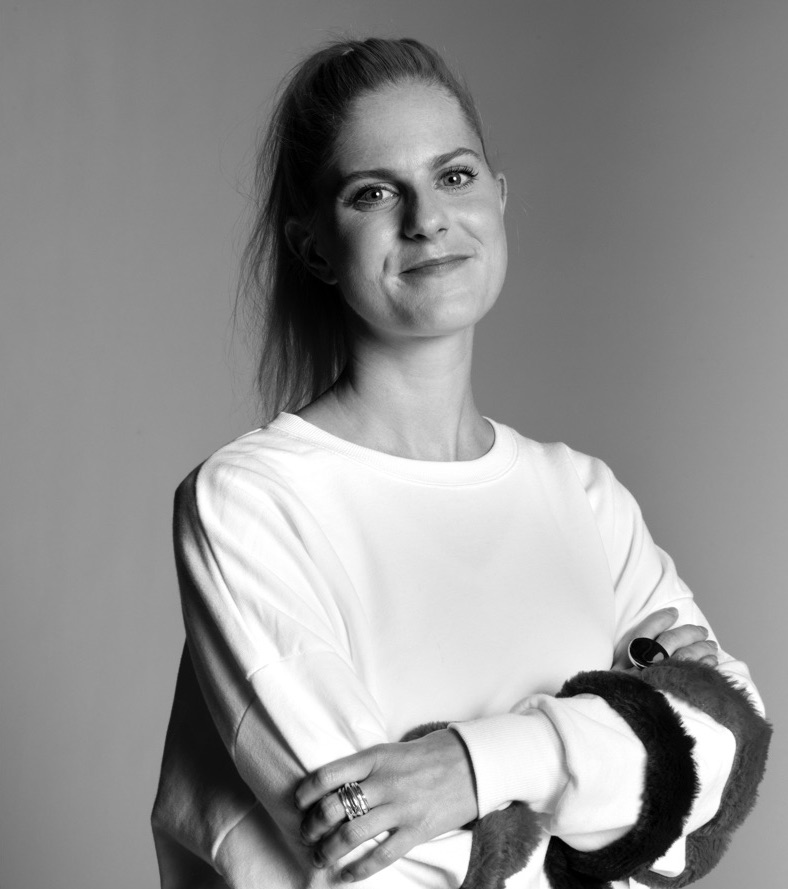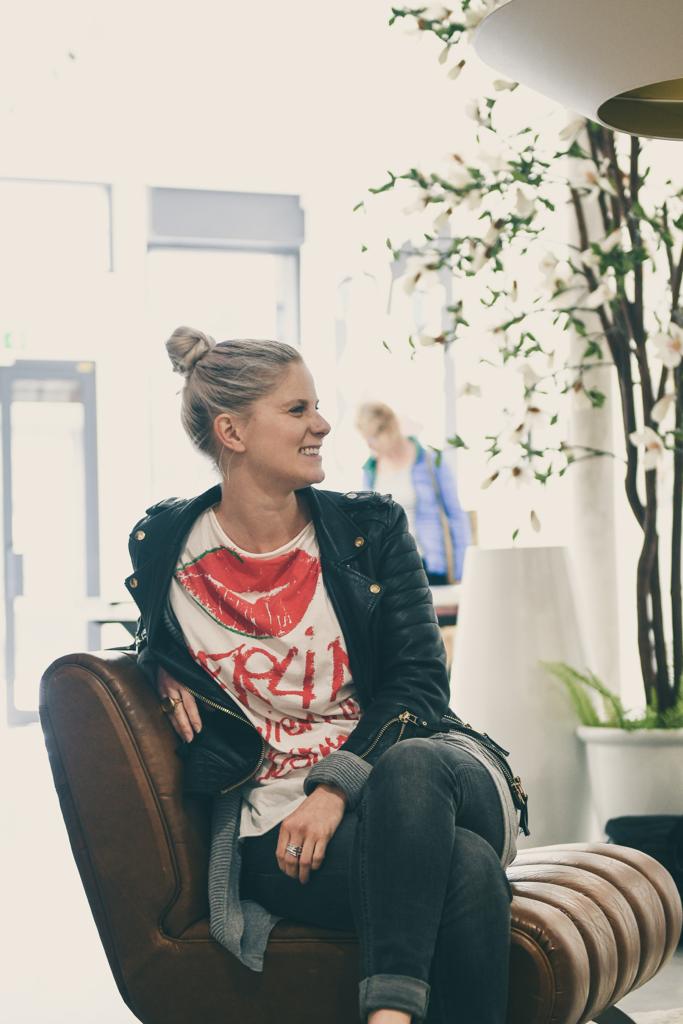Read Time 6 minutes
Sophie Mayanne, behind the lens
Sophie Mayanne is a 26 year old fashion and portrait photographer. Her style is unmistakable, favouring raw, striking imagery that is hers and hers alone. Working across the fashion music industries, her work opens up important conversations around diversity and inclusion. Sophie also launched the Behind The Scars project in 2017, a celebratory project featuring scars of all shapes and sizes, and the stories behind them. We caught up with Sophie during isolation to ask her about quarantine, behind the scars and turning the camera on herself.
What does an average day look like to you in quarantine?
At the beginning I tried to assemble more of a routine, but I’ve definitely relaxed that a little bit. I tend to get up when I naturally wake up, spend some time moving my body [I’ve got some home workouts thanks to my PT!] I always, always, always make sure I go out for a walk with my dog – this is super important for clearing my mind and breaking up the day, especially if it’s feeling a bit monotonous! I’ve been doing some photography here and there, spending time researching and planning – I have a chunk of editing to do too, but I’m spacing this out. Sounds silly, but I’m worried if I do it too quickly I’ll run out before lockdown is over!

How has this time affected your work?
It’s had its pros and cons. It’s been good to have time to be reflective, and think about what I want to do next. It’s been hard at points as I thrive ofF being on set, so I definitely miss that.
You’ve become incredibly well-known for your project Behind The Scars. Tell us how that came about. Do you have any scars of your own?
Behind The Scars started as a small project about three years ago. I had met a model a few months ago on an impromptu test shoot, and learned about his story [I had no idea about his history prior to the shoot] – and his story really fascinated me. Mostly the process of where he’d come from, what he’d overcome, and where he was now. I wanted to capture that process in portraits. A few months later I was given an editorial brief around history, and it was the perfect opportunity to explore the idea further. Once I’d opened the door with that first editorial shoot, I realised there was so much more I could explore/people I could photograph. So from there, it started to grow steadily – the more portraits I took, the more people it reached. I definitely didn’t realise how many people I could reach when the project started. I don’t actually have scars of my own, beyond a little chicken pox one on my forehead! The project was purely born out of curiosity.
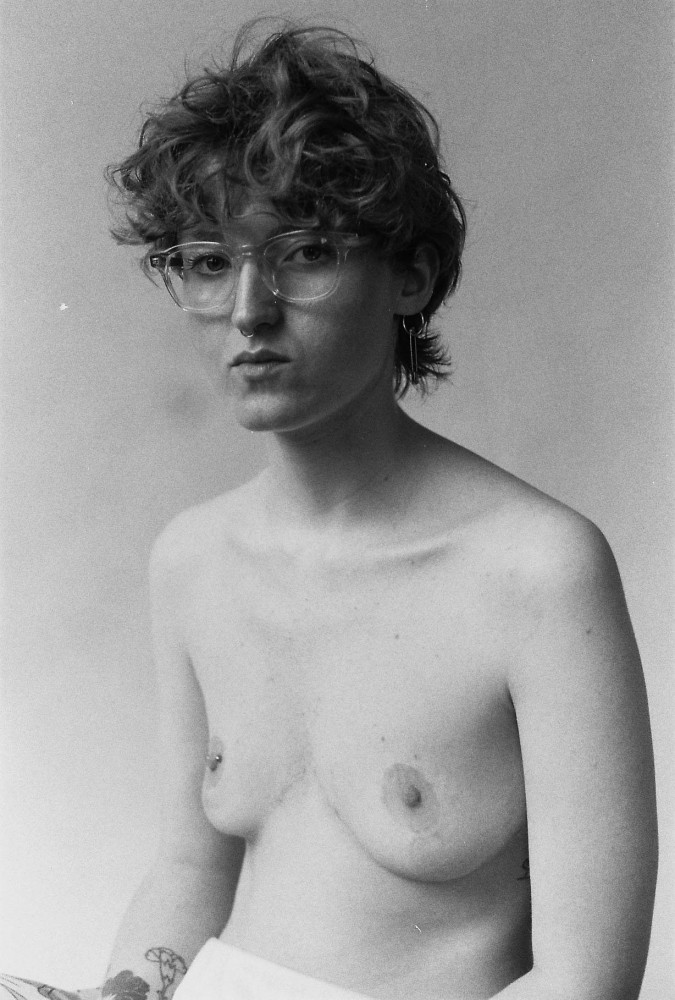
Have you always taken self-portraits, or is this something that was borne out of necessity during isolation? When did you first turn the camera on yourself/how did it make you feel?
I actually started off taking self portraits, when I first picked up a camera. I tried one of those ‘self portrait a day’ projects, and shared my work on Flickr. I abandoned the project on day 211, after a university lecturer criticised my work. And I didn’t take another self portrait until last September. I wanted to explore how I felt in my own skin, both physically and emotionally. I also realised I have an opportunity to show, first hand, what it feels like to exist in a fat body. And I wanted to be honest. I’ve taken more portraits during self isolation, but often the portraits are a reaction to a moment, or emotion.
You have also been using your family [sister?] as a model…
Yes, with a bit of persuasion! Photographing my family isn’t something I usually do. I’m normally more interested in other people’s spaces than my own!
How does social media impact on your practise and mental health?
This is a complex one, as I’ve used social media as a tool to share my work, and seen the huge positive impact it can have, but also the negative one. It’s one of those things you have to strike a balance with. Follow accounts that are good for you, and share what you feel comfortable with. Take things with a pinch of salt! It’s not all reality.
That’s great advice. So we’re going to ask you to give some more[!] if you could give one bit of advice to someone trying to build a portfolio what would it be?
Just keep shooting, and work out what you want to say with your work. If someone says they don’t like it, don’t take it to heart. Sometimes people take some convincing – as long as you are happy, and enjoy the work you are creating and the process, that’s more important. Especially for personal projects. The word personal is key here!
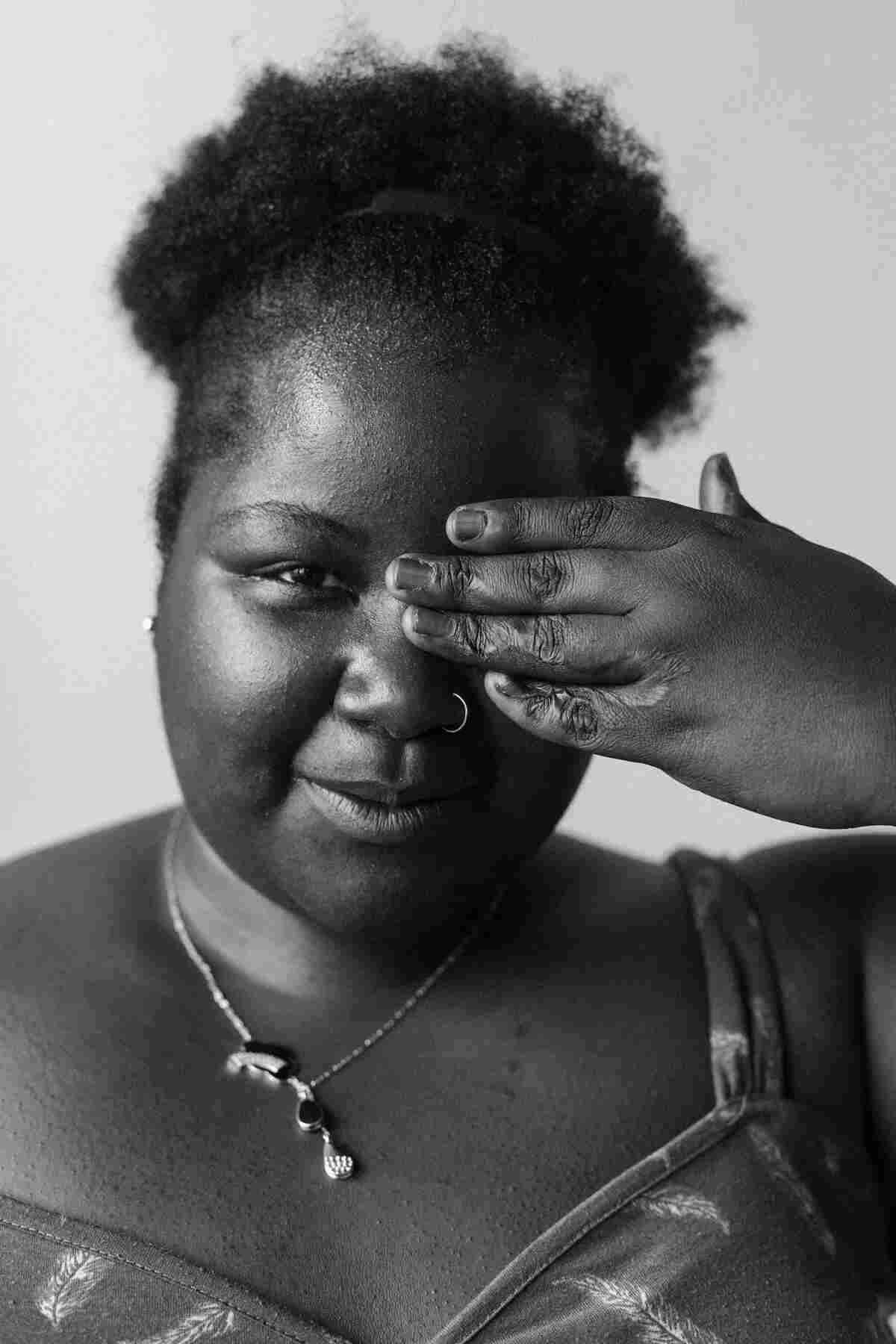
What drives you forward with your work?
Curiosity, and creating connections with other humans!
Do you have a song or album that you listen to whilst you work?
I’m really varied with what music I listen too, it very much depends on my mood! So I often just put the radio on, or a random playlist.
Which photographer has been your biggest inspiration?
One of my favourites is Diane Arbus.
Do you have a favourite film and has it had any influence on your work?
Aha, I think my favourite film is Matilda [1996], I’m not sure it has a direct influence, although I guess I do a lot of work around people who feel like they don’t fit in?
Who would be your dream muse?
That’s a tricky one, as I don’t think I’d want a muse who was famous etc. I’m curious about the processes photographers have when they start their own families and photograph them.
Dark or light?
Dark.
END
All images courtesy of Sophie Mayanne.
subscribe for the latest artist interviews,
historical heronies, or images that made me.
what are you in the mood for?
